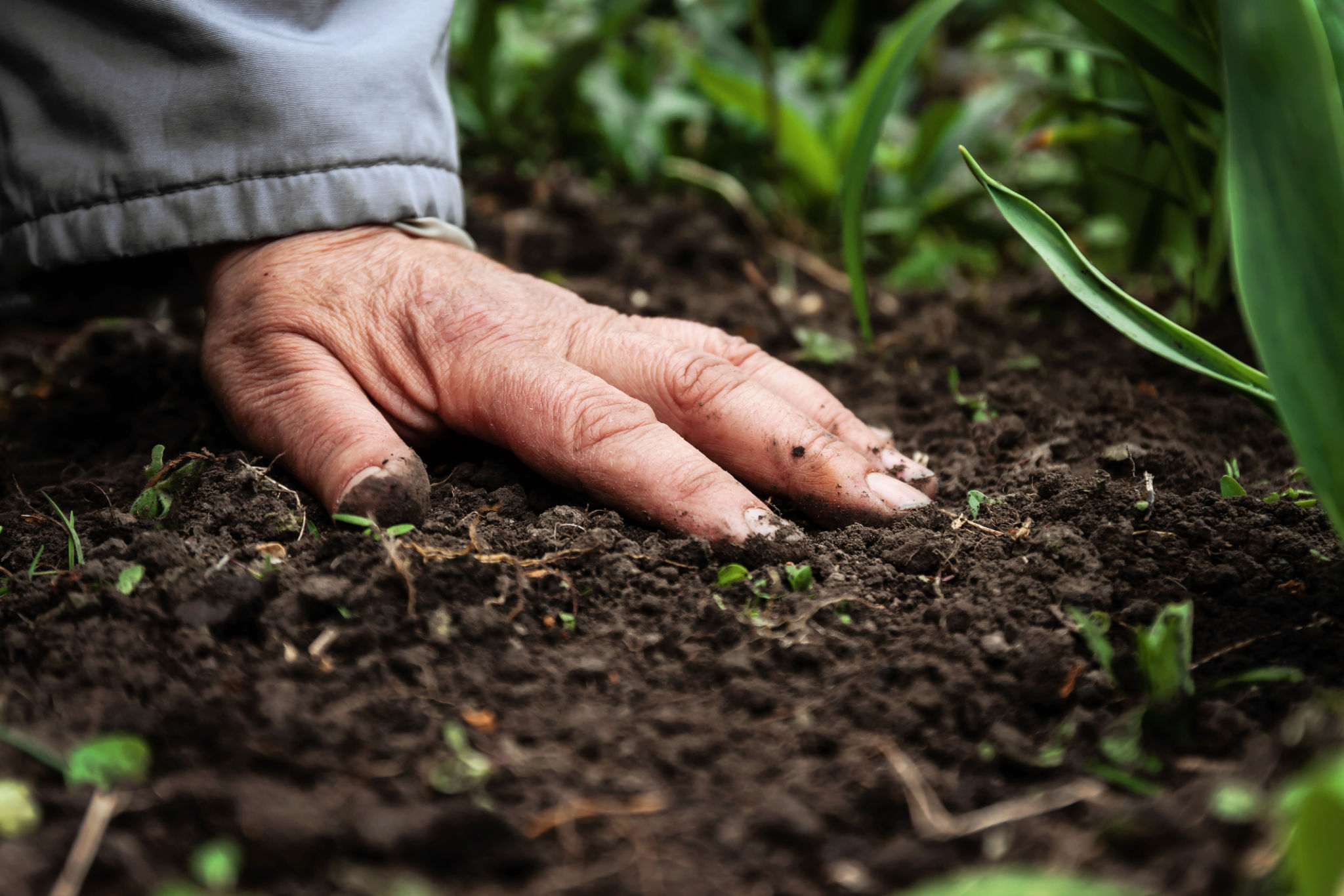Preparing Your Garden for Winter: Seasonal Landscaping Tips for Douglas County Residents
FP
Understanding Your Garden's Needs
Winter can be a challenging time for gardens in Douglas County, but with the right preparation, your landscape can emerge vibrant and healthy come spring. Understanding your garden's specific needs is the first step toward successful winterization. Consider the types of plants you have and their cold tolerance. Native plants typically fare better, so prioritize their care.
It's essential to evaluate the microclimates within your garden. Certain areas may be more exposed to harsh winds or receive less sunlight, impacting how you prepare those zones. Tailor your winterization efforts to these specific conditions for optimal results.

Protecting Your Soil
The foundation of any thriving garden is healthy soil. As winter approaches, it's crucial to protect and nourish this vital resource. Start by clearing away dead leaves and debris, which can harbor pests and diseases. Next, consider adding a layer of mulch to insulate the soil and maintain moisture levels.
Organic mulch, such as straw or wood chips, can be particularly beneficial. Not only does it guard against temperature fluctuations, but it also enriches the soil as it breaks down. This simple step can make a significant difference in your garden's health.
Amend the Soil
Before the ground freezes, take the opportunity to amend your soil. Adding compost or well-rotted manure will provide essential nutrients that will benefit your plants once they start growing again in the spring. This proactive approach ensures a head start on the growing season.

Caring for Perennials and Shrubs
Perennials and shrubs are garden staples that require specific attention as winter approaches. Begin by trimming back dead or diseased branches to prevent further damage. For more delicate varieties, consider wrapping them in burlap to shield them from freezing temperatures and strong winds.
If you have roses or other sensitive plants, mound soil around their bases to provide extra insulation. This practice helps in maintaining root warmth and preventing winterkill.
Watering Wisely
Don't forget about watering before the winter chill sets in. Ensure that your plants are well-hydrated going into the colder months. A thorough soaking during late fall can make a significant difference in their survival rate when the temperature drops.

Planning for Spring
While winter prep is crucial, it's also an excellent time to start planning for spring. Consider what changes or additions you'd like to make in your garden layout. Research new plant varieties or garden designs that could enhance your outdoor space once winter passes.
Creating a detailed plan now can streamline spring planting activities and help you achieve a more organized and productive gardening season.
Implementing Winter Structures
Consider investing in structures like cold frames or hoop houses that can extend your growing season into the colder months. These structures protect young plants from frost and allow you to start seedlings earlier than you could outdoors.
